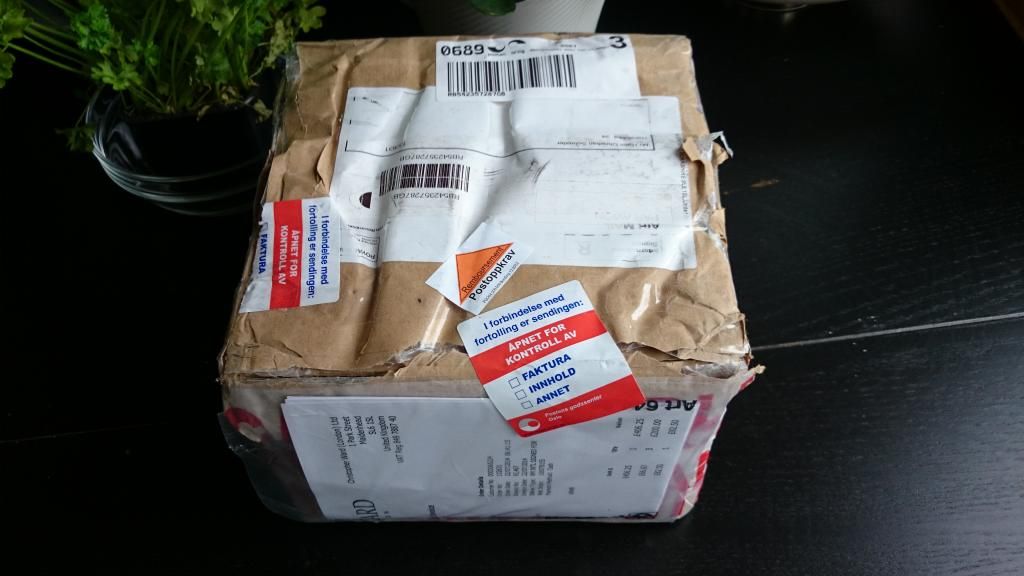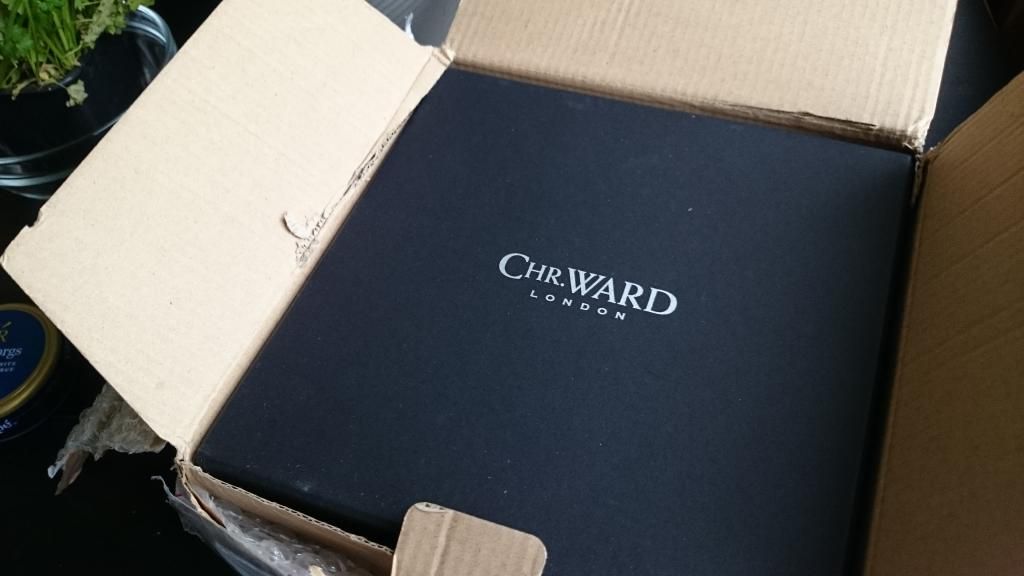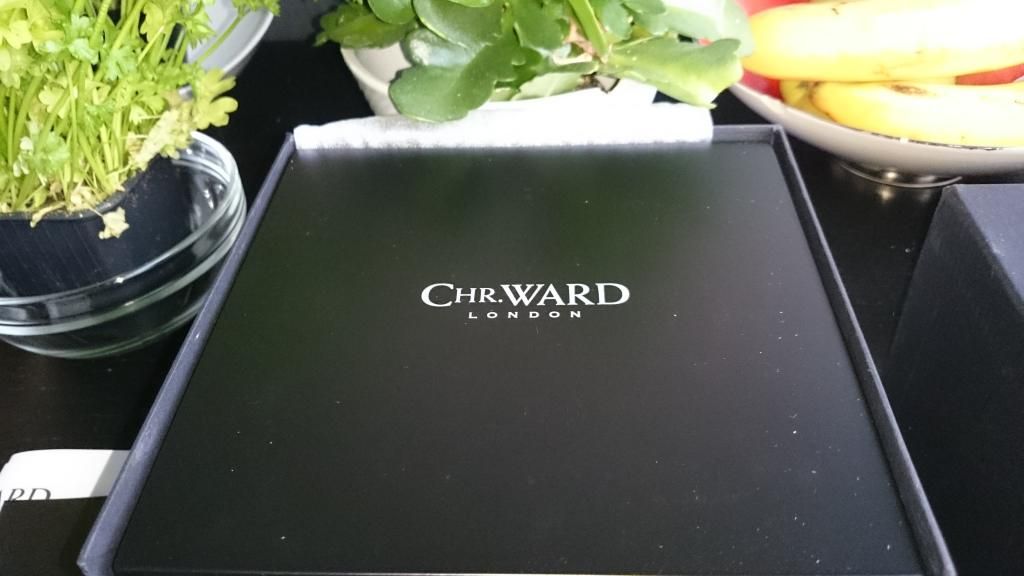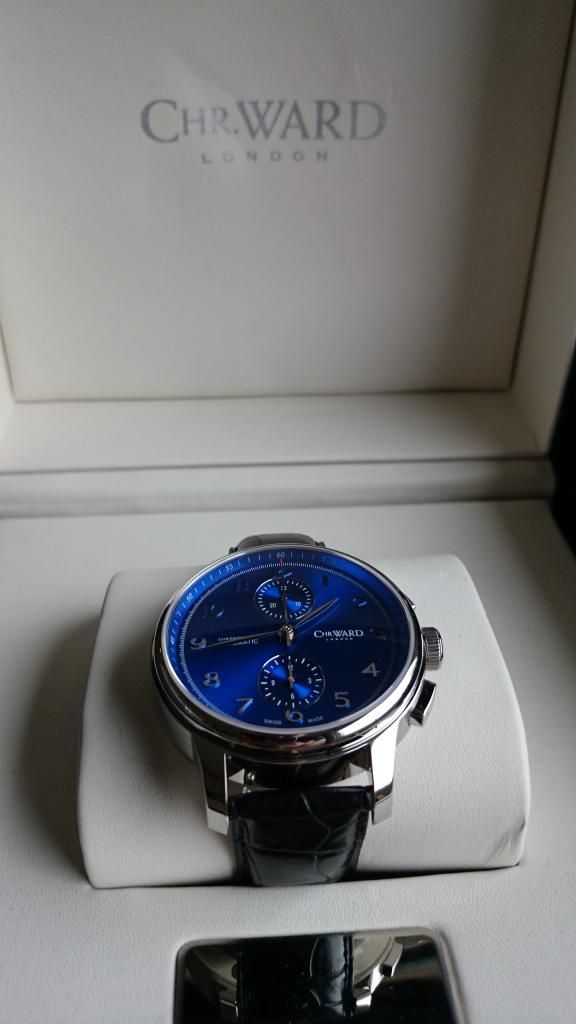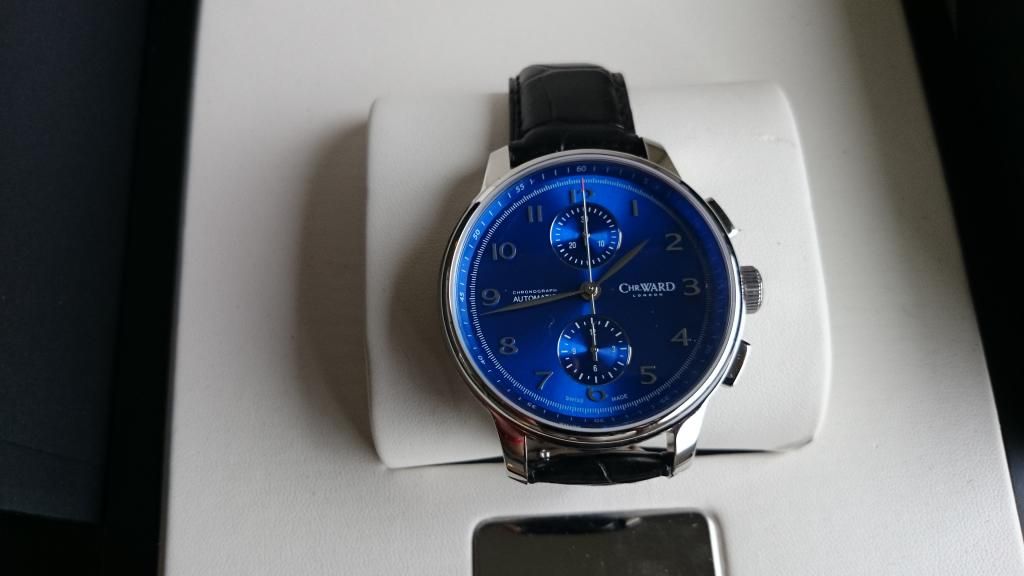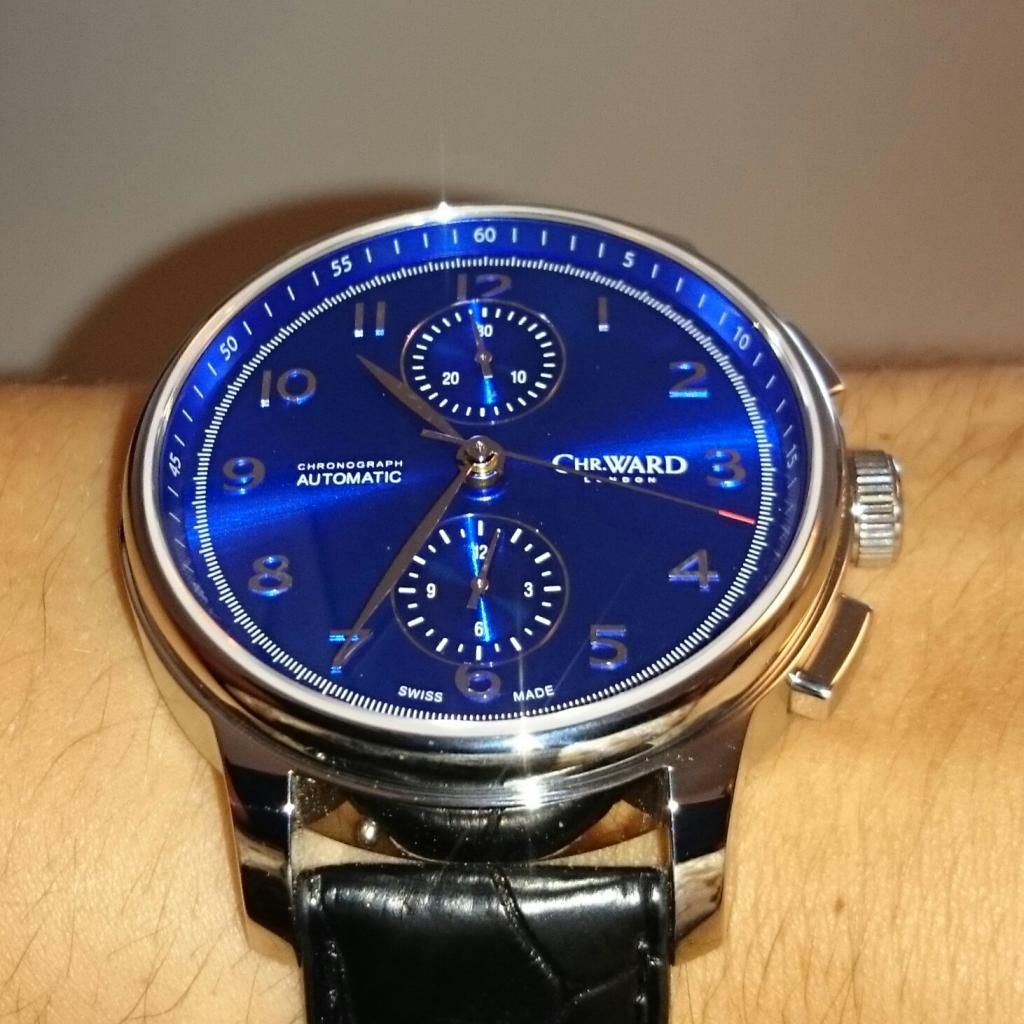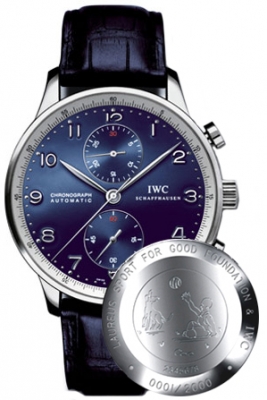(Uhrenjournal, 20 November 1998, an Austrian watch publication) "Many watch manufacturers purchase their calibres from the serial base calibre manufacturer ETA. ETA offers a wide variety serving most needs. However, for many watch collectors seeking limited production calibres, this is just the reason to avoid buying a watch with an ETA movement. What if a renowned manufacturer such as IWC Schaffhausen would use the actually very good and tested ETA Valjoux 7750 for its chronographs, after undertaking numerous modifications? What speaks against the ETA movement? Actually, only the fact that it is widely used and therefore not very exclusive. In turn, what speaks for the ETA movement is that, due to the high production, it is a mature and technically impeccable movement. There are no "infant illnesses" and it is constantly developed further. Why therefore should IWC overlook the best serial chronograph-movement? Obviously, there are other alternatives, however, from an economic and technical standpoint, the decision for the Valjoux is guaranteed to be the right move.
Now, what does IWC do with this calibre, and why do they treat it as if it were their own movement? The explanation is pretty simple: IWC purchases the best serial engine and undertakes on that basis the best possible engine tuning. You could say that IWC does what AMG does with Mercedes engines, Alpina with BMW or Abt with VW or Audi engines. Serial engines are used, which in turn are tuned and optimized with the best experience available.
In the case of the Valjoux, the calibre is only bought in its components, never readily assembled. In addition, only the best possible version is purchased - the so-called Chronometer version. When the components arrive in Schaffhausen (IWC's factory location) there are first of all checked by eye, and then randomly checked in detail. Some components of the original ETA calibre are immediately eliminated and are never used by IWC. They are replaced by usually more expensive and better ones.
The entire escapement is a good example. It is ordered separately with different, more exact technical IWC specifications and is only fitted into the calibre at the end of the assembly. Some changes take place even earlier: For instance, all metal bearings of the Valjoux 7760 are replaced by jewel bearings - the Valjoux 7760 (same as the 7750 but in the handwound version) is the basis for the Portugieser Chronograph movements. There is an IWC expert whose job it is to extract by hand all metal bearings from the supplied calibre and replace them with the more expensive jeweled bearings. This is an effort, which will ultimately significantly increase the longevity of the movement.
This exercise is futile in the version 7750 as it only comes with jewels. Instead numerous cogwheels are replaced. For instance, one is part of the winding mechanism, which ETA supplies with three holes in order that it can be worked on by machines and be transported by robot arms. As the holes are drilled, there is some metal, which is pushed over the surface - causing friction with the above-located bridge. Now IWC found out that it is precisely the position of these holes, which will cause fine metallic debris over time to accumulate. In the short run, such metallic debris is not a problem, however over a longer period such debris will cause problems. Many more examples could be listed at this point, reaching far beyond the space allocated for this article. Therefore, let's come back to the escapement of the movement. Before the escapement is fitted into the movement, a specially trained, female horological expert (so-called regleuse) checks each hairspring for unevenness. How does she do it? Quite simple, she holds the escapement with a special device and turns it. Then she makes sure with her magnifying glass than the escapement unfolds in concentric circles. If not, she manually bends the hairspring to perfection. Again, this in an effort of which the value is only apparent in the sum of all efforts and is ultimately reflected in the accuracy of the movement. The pinnacle of all these tuning efforts lies in completely replacing the barrel. There are some many changes and modifications to the calibre 7750 leading to far lower power requirements of the movement. As a result the original ETA barrel is now far too strong for the modified IWC movement. A "weaker" IWC barrel brings about significant advantages. All moving parts suffer far less wear and tear because there are exposed to far smaller forces - again, this significantly prolongs the average life of an IWC movement.
It is not exaggerated if IWC makes the statement that it treats the ETA movements as if it were an original IWC movement. The numerous modifications and the great care, completely transform the original, mass-produced movement by ETA into another movement. ETA is not necessarily ETA as it is often falsely stated." (Courtesy watchtalkforums)


